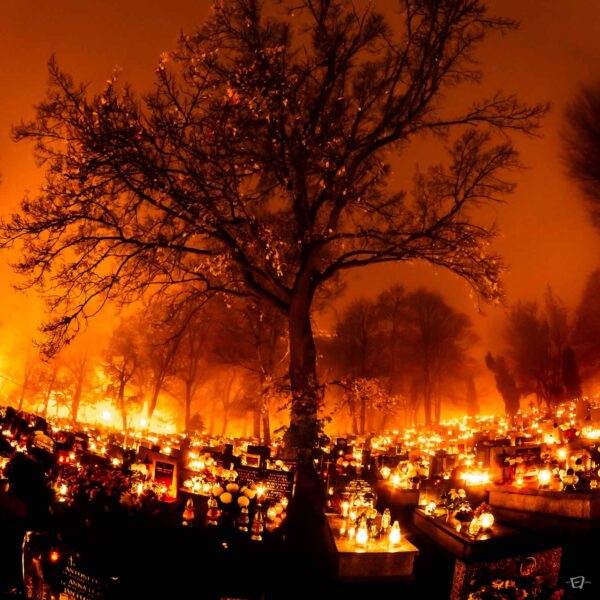

Good morning! Good afternoon! And welcome to anødine!
I’ve been wondering how to present this site for a few days … After three years of work – or rather three years of learning (different computer languages, design, then programming) – the project seemed so clear to me that I thought I would write this text in a few seconds. But as always, nothing is ever so simple … Finally it is so! In fact, anødine it’s me, quite simple … what I like to do; what I think; what holds my attention.
Maybe one day I will tell you why “anødine” … In the meantime, I hope you’ll find this page interesting. And if you think I can help you with anything – photography, graphic design, web programming … – do not hesitate to contact me.
Have a nice trip!
You can find here my “artistic” – let’s say audiovisual – productions: some photographs, drawings, photomontages, mems and other gif, videos and some music maybe. You will find also – if you look hard enough – some graphic, photography, lighting or even technical design works which I achieved in the field of theater and art.




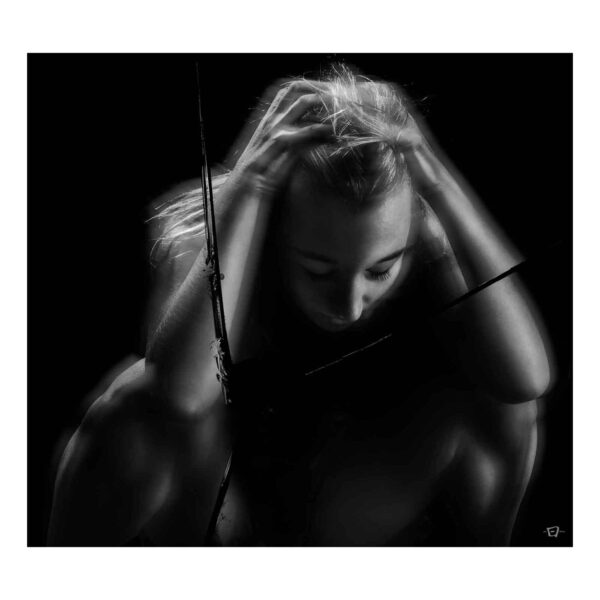





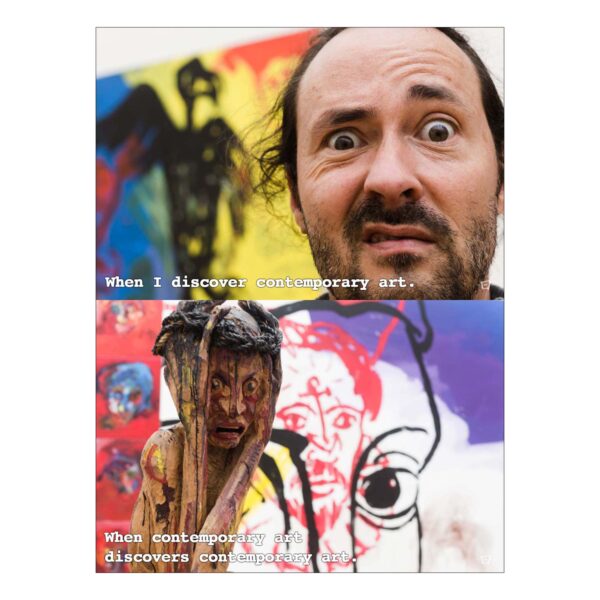





Here will be some thought about … a little of everything? … and … a bit of nothing ☺︎
Have a nice reading!
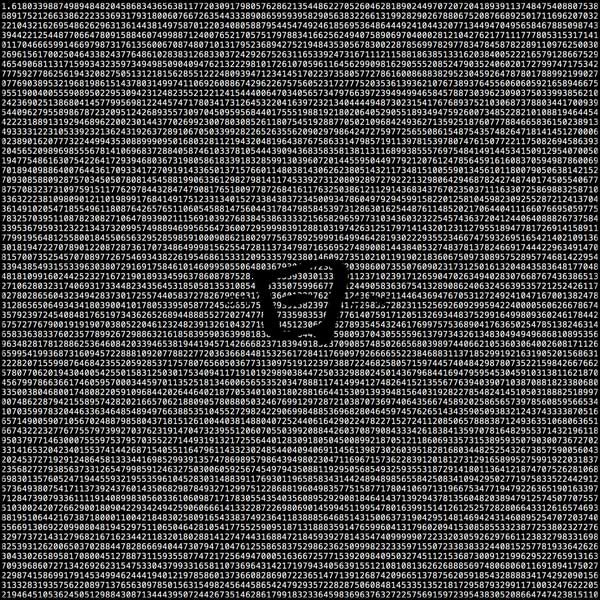















Here I will try to share my research, my studies, my sources, just about everything that catches my attention. For each document, I will summarize in a few words or through some quotes what seems important to me to advance in my reflection. Sometimes I will also add some comments, some questions that will be for me new ways of research.
Of course I will give you a reference or a link to the original document in the language in which I discovered it. As I will try to translate these notes myself in order to work on my language skills, sometimes I will also provide other documents, treating about the same subject but in other languages.
I hope this blog-like-notes will be as useful to you as are to me. It’s up to you to do your own research if you want to go deeper into the subject. I will open comments soon to give you the opportunity to share other sources.
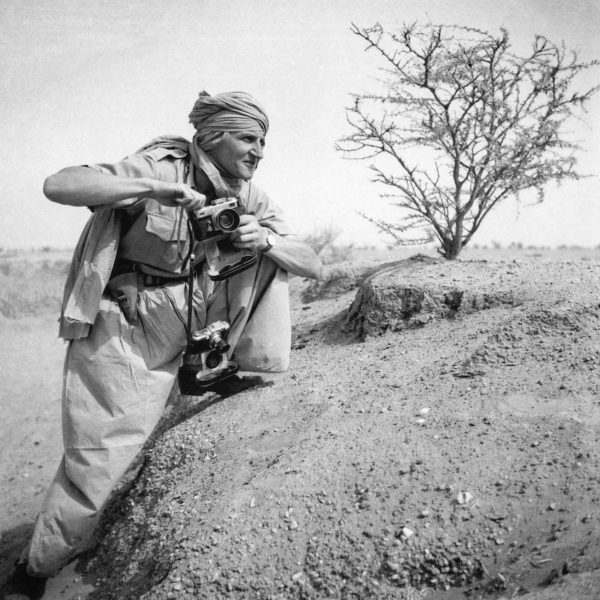

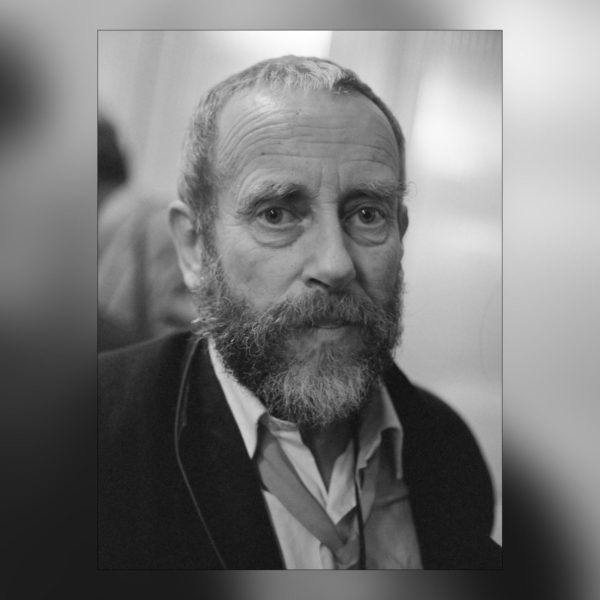

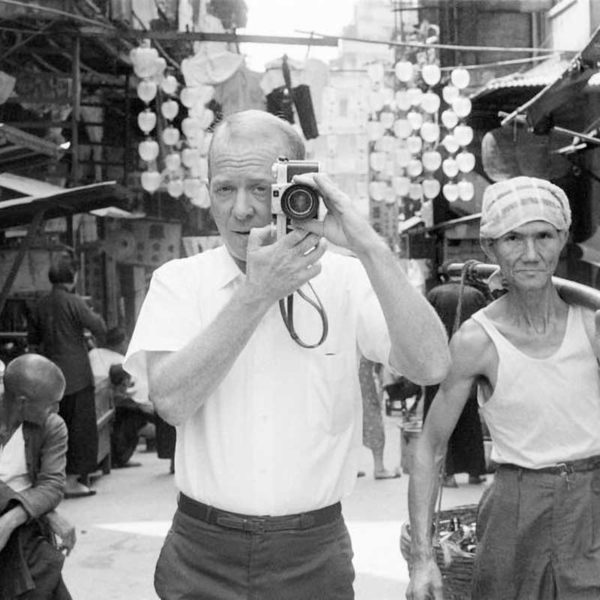

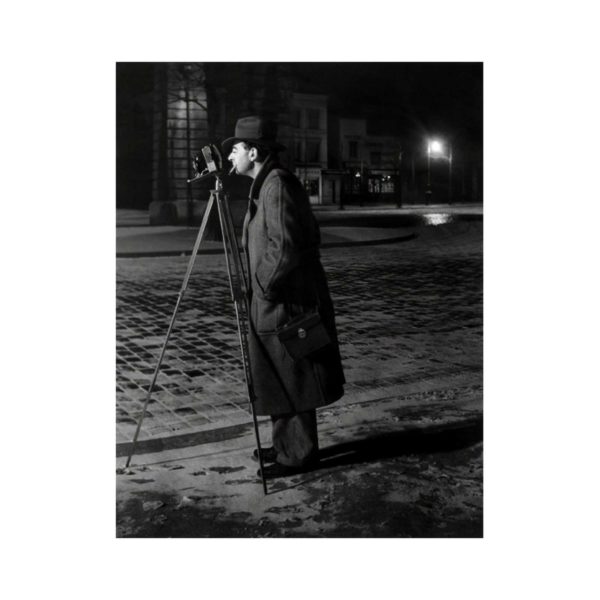







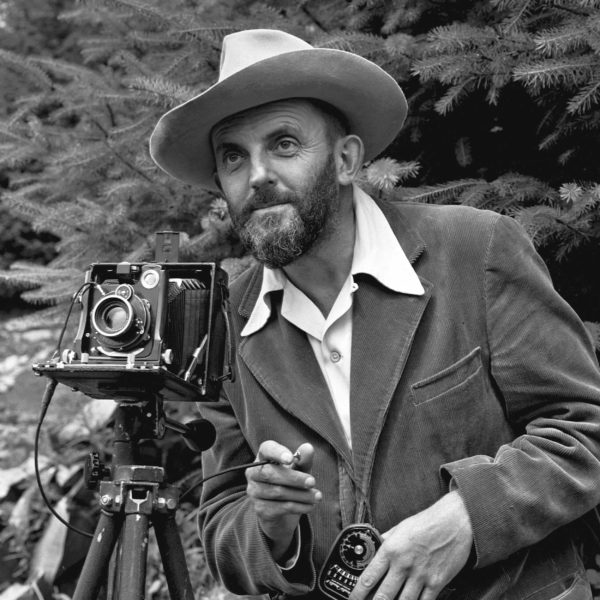

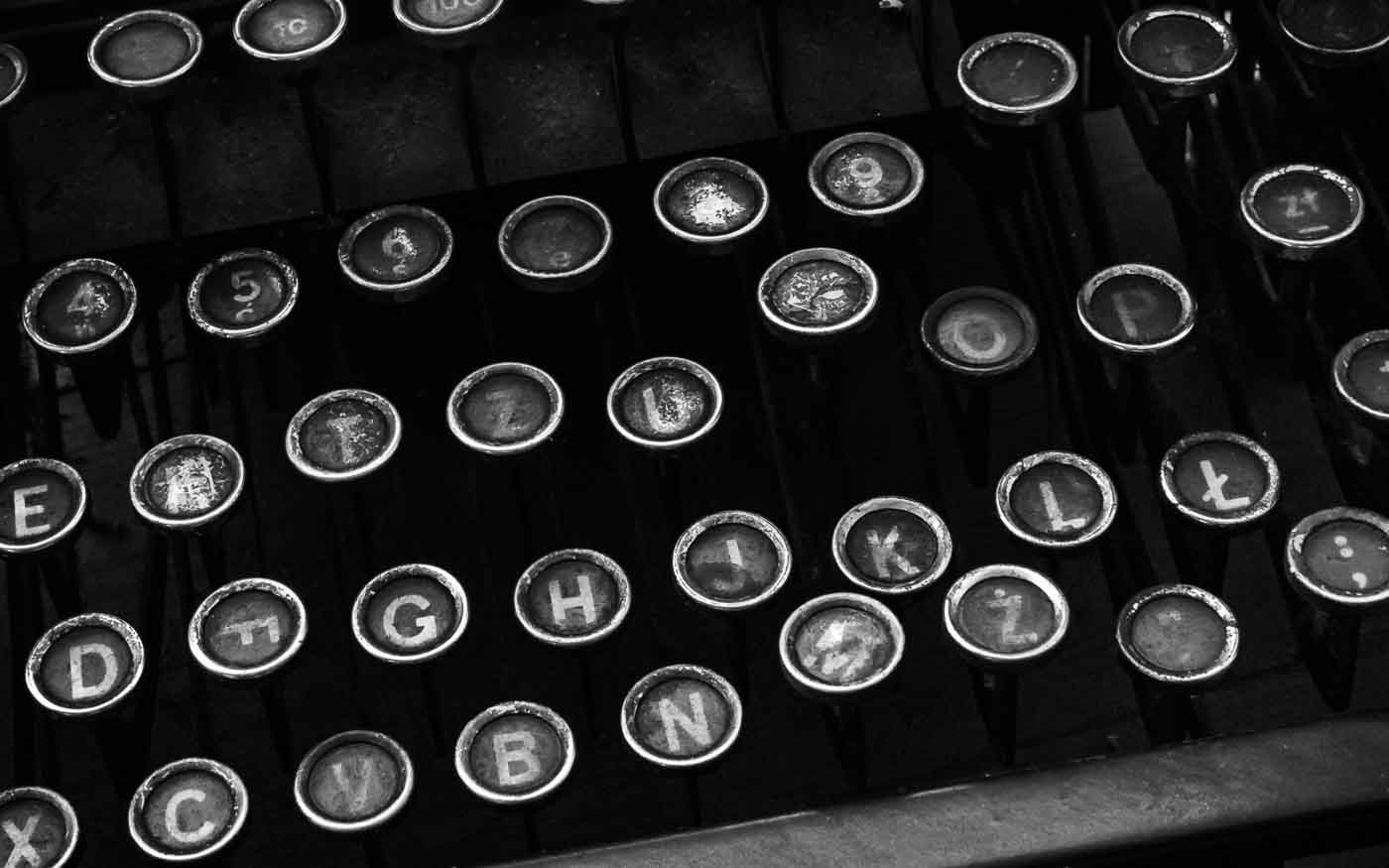
And finally, here is a contact form. You can use it to ask me any question about my work, but also to correct an article, report an error on the site or just to send me encouragement – it’s always nice to get it ☺︎ – . I will answer to you as soon as possible. See you soon.
anødine